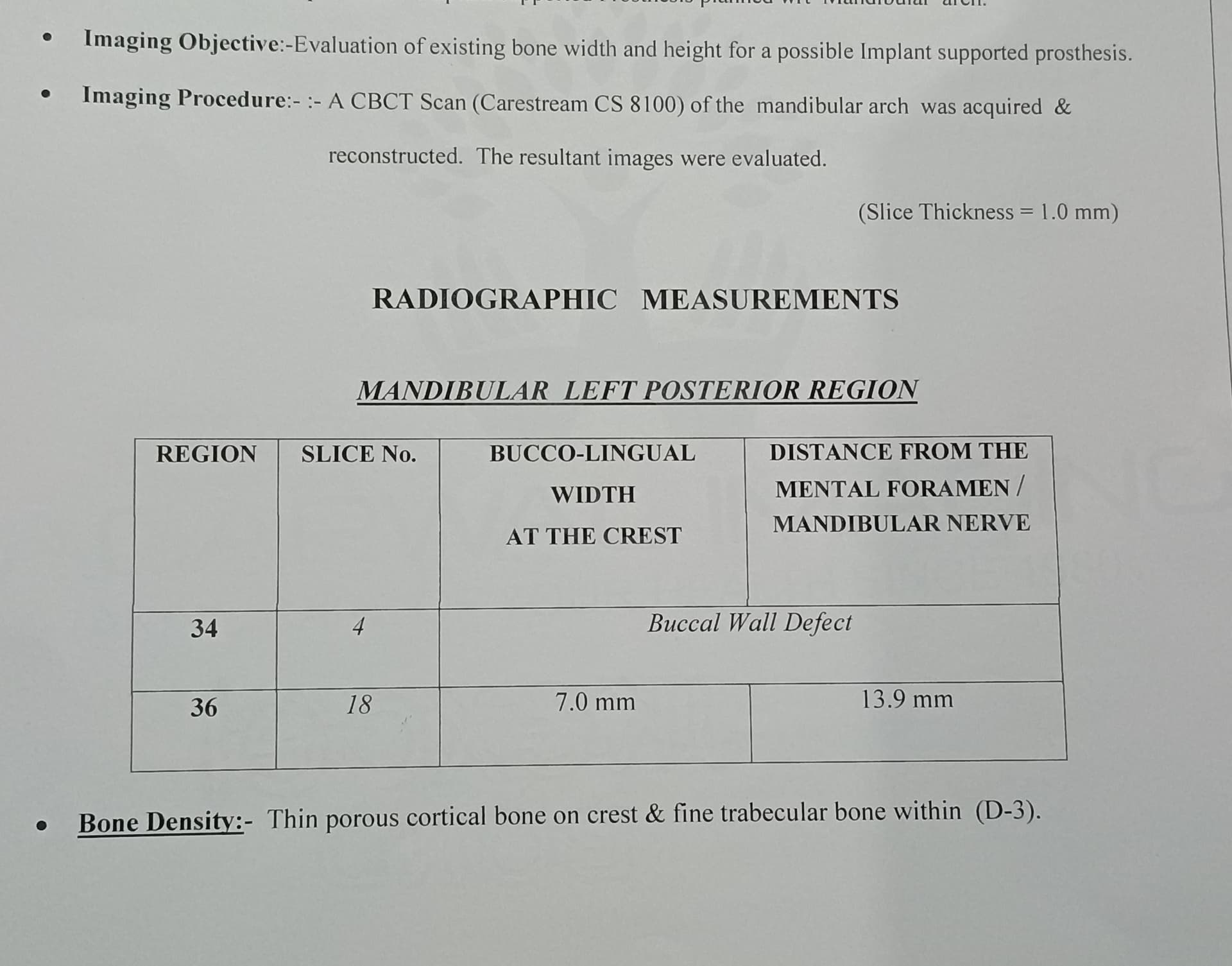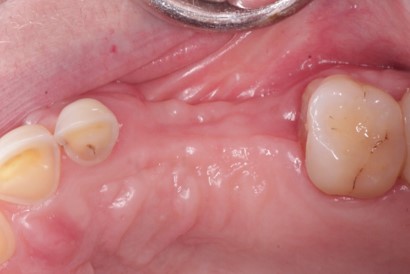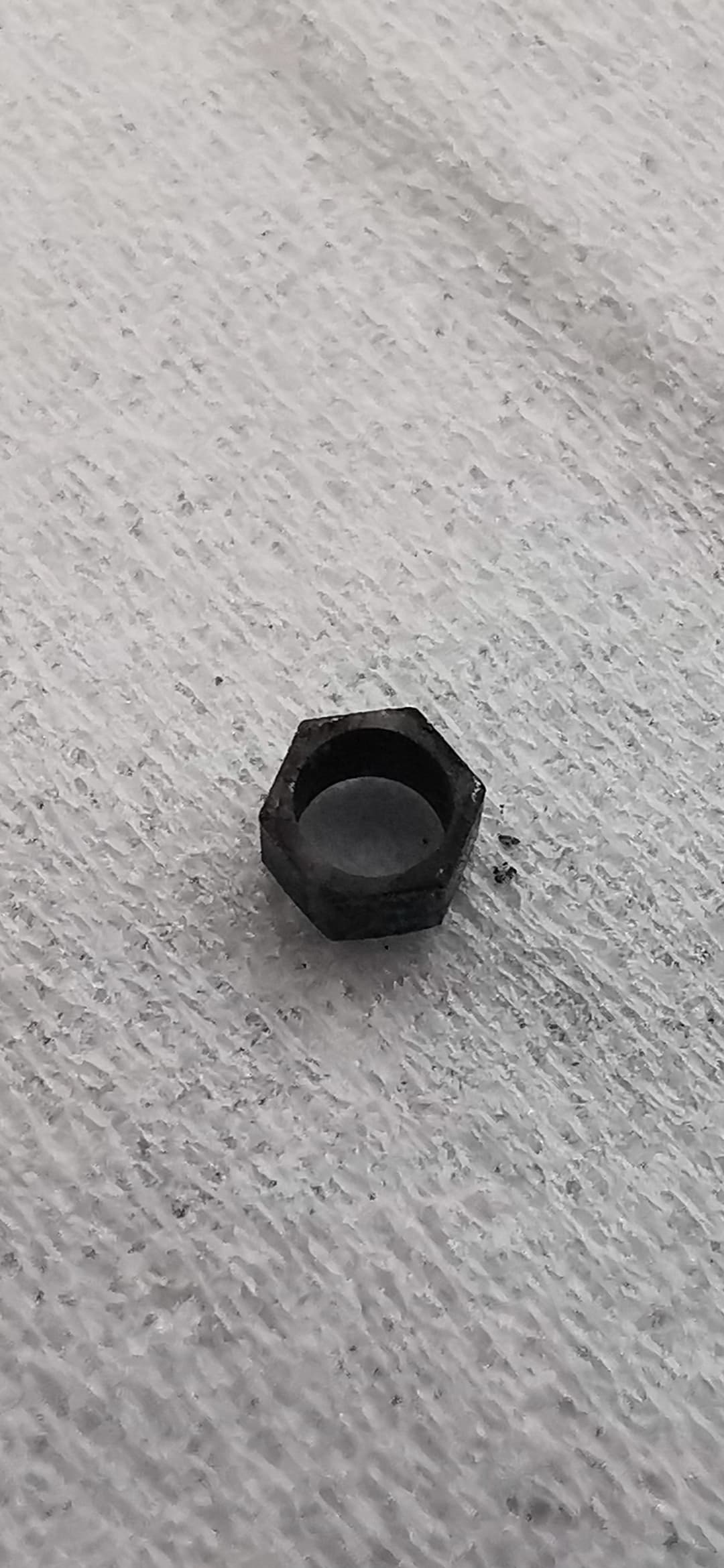Options for #4 Implant?
Prior to simple extraction, patient presented for opinions on #4 implant [maxillary right second premolar; 15], 15-years post endo. Patient is concerned about cost and safety of sinus lift, but agrees that long term plan includes implant in #2 and/or #3 [maxillary right first and second molars; 16, 17]. Some questions about this case below. All ideas are welcome.
Do you think I would have to do a sinus lift with a lateral window or could the implant be installed after a Summer’s lift (osteotome technique)? Would I have the greatest chance of long term success if I extract the tooth and immediately place the implant with a bone particulate graft? What graft material would you recommend? Â Would it be better to extract the tooth and place a bone graft and later go back in with an implant after osseointegration? Â If I eventually plan to extract #2 and 3 [maxillary right first and second molars; 16, 17] and install implants, would it be better to install implants in all 3 sites at the same time?
(click for larger image)
Recent Bite Wing XRay
![]Options for Dental Implant](https://osseonews.nyc3.cdn.digitaloceanspaces.com/wp-content/uploads/2012/06/1.jpg)


















